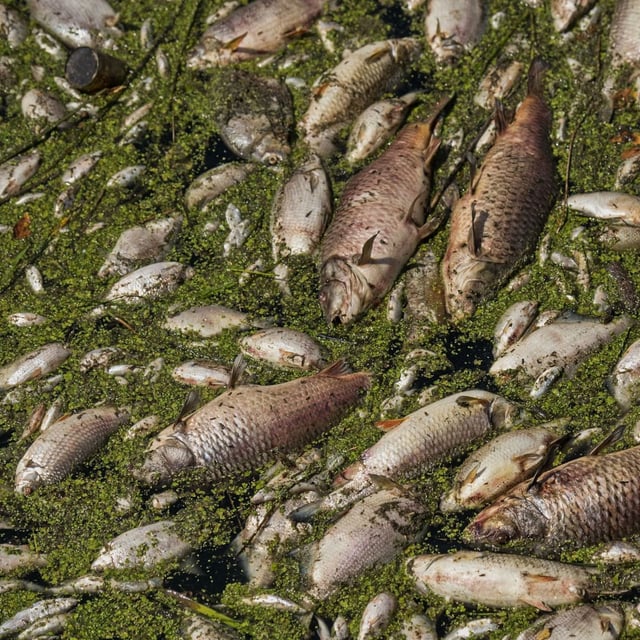Overview
- Cleanup teams and volunteers recovered over 4.5 tons of fish carcasses by June 30.
- The lake’s 41.6-hectare expanse, formed from a former lignite mining pit, is naturally prone to heavy siltation and algal blooms that lower oxygen levels.
- Soaring temperatures have slowed oxygen mixing and killed algae and bacteria whose decay further depletes the water’s oxygen.
- Available technical oxygenation measures are insufficient to address the scale of depletion across the shallow basin.
- Officials warn that without cooler weather or expanded interventions, oxygen levels may remain critical and cause further die-offs.
